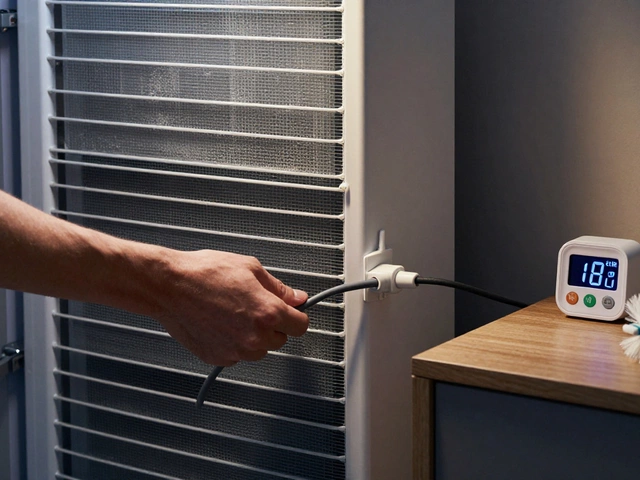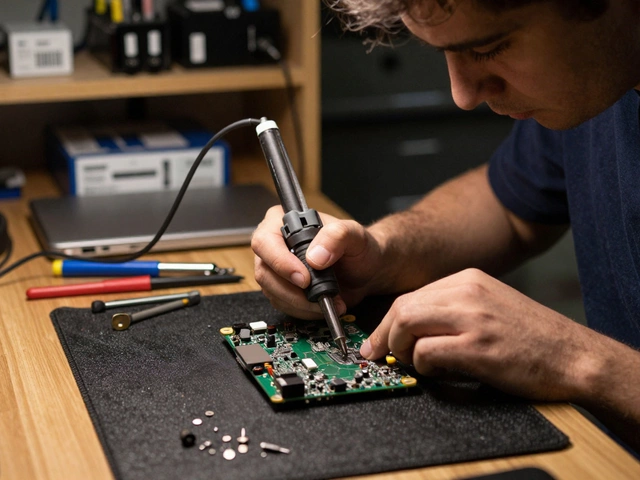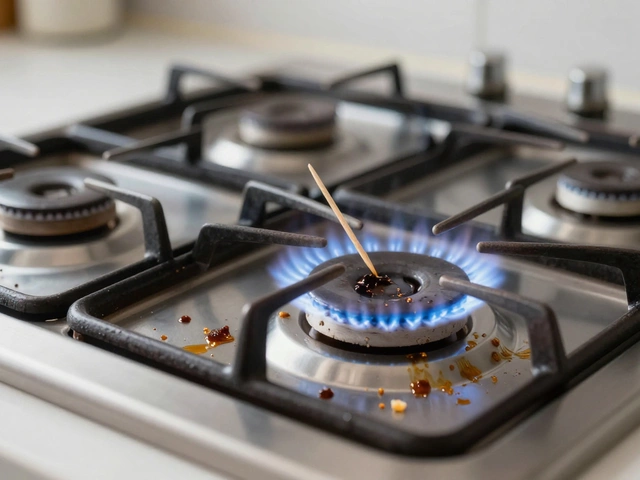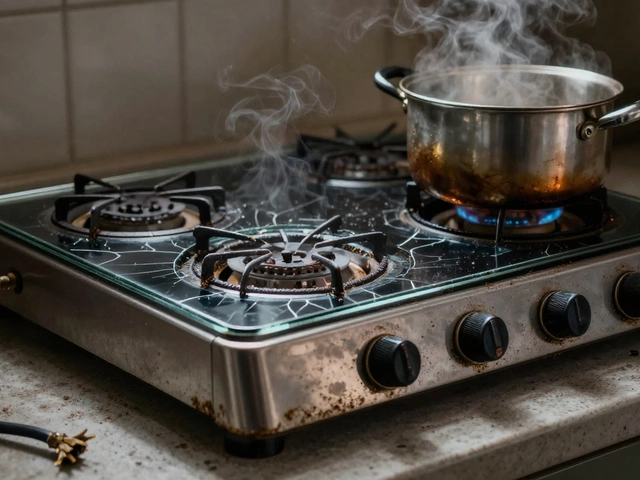Pilot Light Basics: How It Works and How to Fix Common Issues
If you own a gas boiler or water heater, you’ve probably heard the term “pilot light.” It’s the tiny flame that stays lit all the time, ready to ignite the main burner when you need heat. Without a reliable pilot, your heating system won’t turn on, and you could lose hot water or warmth in your home.
Most people don’t think about the pilot light until it goes out. When that happens, you might notice your boiler won’t fire, the thermostat clicks but nothing heats up, or your water heater stays cold. Those are clear signs the pilot needs attention.
Why Your Pilot Light Matters
The pilot flame is the safety guard for gas appliances. It tells the system that gas is flowing safely before the big burner ignites. If the pilot goes out, the gas valve shuts off automatically, preventing dangerous gas leaks.
Because the pilot runs all the time, dust, dirt, or a loose gas supply can snuff it out. Over time, the tip of the pilot nozzle can get clogged, making the flame weak or orange instead of steady blue. A weak flame can’t keep the sensor happy, and the system shuts down.
Keeping the pilot clean and correctly adjusted helps your boiler stay efficient. A strong blue flame means the gas is burning cleanly, which saves money on fuel and reduces carbon buildup inside the unit.
Fixing a Wonky Pilot Light
Before you start, turn off the gas supply and wait a minute. Safety first – you don’t want gas flowing while you work.
1. Check the flame. A healthy pilot burns bright blue with a small yellow tip. If it’s mostly yellow, it’s likely dirty or low on gas.
2. Clean the nozzle. Use a soft brush or a thin piece of wire to clear any debris from the pilot tip. Be gentle – you don’t want to damage the metal.
3. Adjust the air‑shutter. Many pilots have a tiny screw that controls air flow. Turning it a bit can make the flame more blue. Move the screw in small increments and watch the change.
4. Relight the pilot. Follow the manufacturer’s instructions: usually you hold down the reset button while you press a lighter or a match near the pilot. Keep the button held for 30 seconds to let the thermocouple heat up.
5. Test the system. Turn the gas back on, set your thermostat, and watch the main burner fire. If it works, you’re done.
If the pilot keeps going out after a few attempts, the thermocouple may be faulty. This is a small metal rod that senses heat and tells the gas valve to stay open. Replacing it is cheap, but you may want a professional to do it if you’re not comfortable working with gas parts.
Also, check for drafts around the appliance. A window left open or a vent blowing directly onto the pilot can blow the flame out. Sealing gaps or moving the appliance slightly can solve the problem.
When in doubt, call a qualified heating engineer. They have the tools to test gas pressure, inspect the valve, and make sure everything meets safety regulations. Trying to force a stubborn pilot without proper knowledge can be risky.
Regular maintenance helps prevent pilot issues. Schedule an annual service, ask the technician to clean the pilot nozzle, and verify the thermocouple is working. A quick check during each service can save you from a cold shower or a chilly night.
In short, the pilot light is a small but vital part of any gas heating system. Keep it clean, watch the flame color, and don’t ignore repeated outages. With a little care, you’ll keep your boiler or water heater humming along for years to come.
Water Heater Only Giving Cold Water? Fast Fixes for Gas, Electric, and Tankless
- Alden Wilder
- Sep 9 2025
- 0 Comments
Only cold water from your water heater? Learn the top causes, quick DIY checks, fixes for gas, electric, and tankless units, and when to call a pro.
View More




